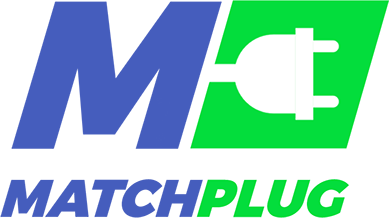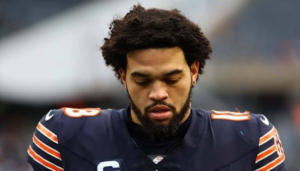Sports betting remains one of the most popular pastimes for sports fans and casual bettors across the globe. If you have been betting for a while now, you might already be familiar with all the lingo and procedures that mark sports betting on major platforms like Betway. However, if you are new to the activity, you are probably encountering unfamiliar terms like odds, futures, handicaps, and point spreads. The following is a beginner’s guide on betting odds, what they mean, and how to read them. Understanding odds is an excellent and crucial first step in your betting journey.
American Odds
There are three different types of odds, each of which is read differently. American odds are aptly named because they are fairly uncommon in sport betting platforms outside the US. Typically, they are based on the $100 unit, and how they relate to this amount depends on the type of bet.
If a bet is favored (represents the team/individual expected to win the event), it is written with a negative and looks something like this: -110, -140, -200. This number tells you how much you must bet to win $100. In these examples, for instance, you need $110, $140, and $200 to win $100.
Naturally, not everyone makes a $100 bet. You can scale American odds up or down to suit your bet amount. For instance, you need $11 to win $10 for a bet with -110 odds. You calculate this as (bet amount = odds x potential profit/100). This means your $11 bet will yield $10 plus your original $11 bet.
Underdog bets are represented with a plus sign, like +110 or +200. These odds tell you how much profit you might make if you make a $100 bet. If you make a $100 bet with +110 odds, you could win $110 plus your original bet. Like negative bets, you can scale plus bets up and down.
Fractional Odds
Another aptly named odds type, fractional odds, are represented as fractions, such as 4/1 or 6/5. You calculate profit by multiplying your bet amount by the fraction. For instance, if you bet $10 on 4/1 odds on Betway, you might get a $40 profit plus your original bet of $10.
As in American odds, favorite and underdog bets are represented differently in fractional odds. In this case, favorite bets have a larger denominator than the numerator, such as 1/3 or 4/7. Underdog bets, therefore, have a larger numerator than denominators, such as 5/2 or 8/1.
Decimal Odds
Decimal odds are represented by one number and look like this: 1, 1.3, 2, 2.8, 6, or 5. A decimal odd tells you how much you might win on a $1 bet, with the number representing the total payout. For example, if you make a $1 bet with odds of 6, you may win $5 plus your original $1 bet to equal 6. 2 is an even money bet, odds between 1 and 2 are favorite bets, and odds over 2 are underdogs.
Put Your New Knowledge to the Test
Now that you understand the three most common odds types and how they work, you can better familiarize yourself with them through practice. You must think of every bet in terms of potential profit or a break-even percentage. After a few tries, you should feel more comfortable picking ideal bets and bet amounts.











